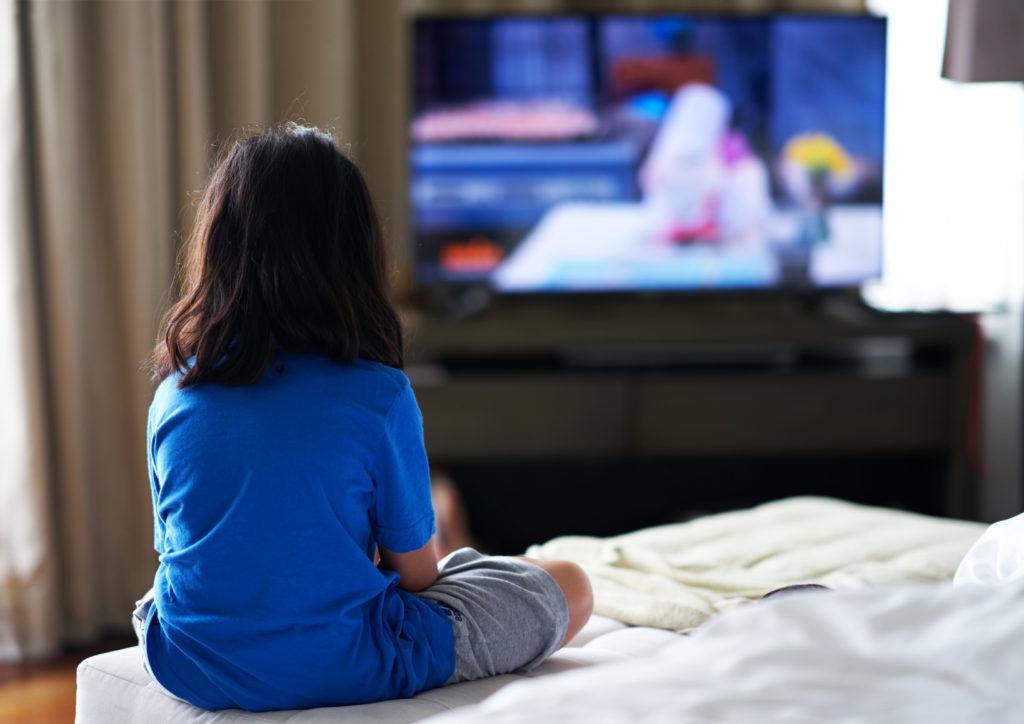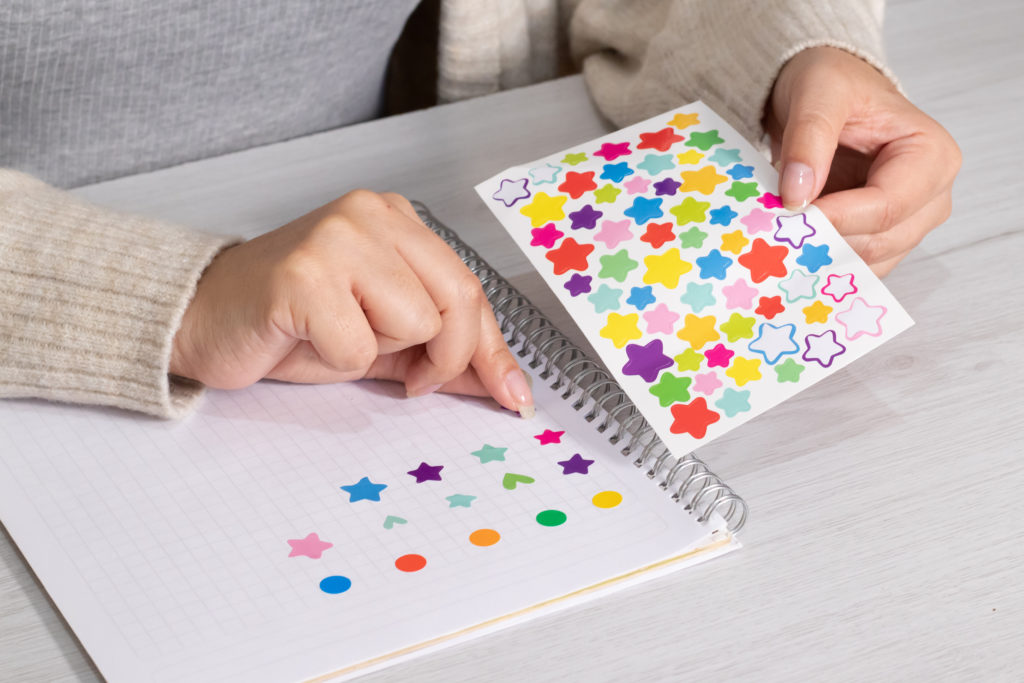Month: June 2023
How do you teach children correct pronunciation?
- Post author By system
- Post date 19/06/2023

Parenting Tips
How do you teach children correct pronunciation?

Source: Speech therapist, Miss Carley
When children learn a language, pronunciation is also an important aspect. There are many pronunciations in English that are not found in Cantonese and are difficult for both children and adults to master. How can parents teach children to pronounce English correctly? What are some tips to use?
The English tongue’s sounds can be difficult for children and even adults to master. We can try to use different cueing techniques to teach children to pronounce the sounds correctly. For example, parents can use visual cues, such as looking in the mirror with the child and showing him the tip of his tongue, placed between the two rows of teeth.

In addition, parents can also use verbal cues to clearly tell the child, “Put your tongue in the middle of your two rows of teeth,” so that they know what to do. When necessary, parents can also provide tactile cues, such as using a popsicle stick or spoon to touch the tongue and showing them where to place it for different sounds.
Parents can also try playing simple games with their children to train their listening skills, such as whether they can distinguish between right and wrong in terms of hearing. For example, intentionally mispronouncing a word: “Is ‘fank you’ correct? No, it’s not.” “Is ‘thank you’ correct? Yes, it is.”
This time we have to bite our teeth on the tongue or write the words “free” and “three” on a piece of paper, and then the parent reads out one of the words “three” “You show me which one” and reads “free”, “You show me which one”. If he knows how to distinguish, it will be clearer and easier for him to express himself.
What should parents do when a 3-year-old child throws a tantrum because things don’t go their way?
- Post author By system
- Post date 19/06/2023

Parenting Tips
What should parents do when a 3-year-old child throws a tantrum because things don't go their way?

Source: Clinical psychologist, Yu Kwok Ting, from Caritas Rehabilitation Service
Children often have their own ideas, but sometimes when they encounter something they don’t like, they may resort to crying and throwing a tantrum to try to get their way. However, a child’s crying can often hit a parent’s weak spot and make them give in, which actually sets off a vicious cycle.
We need to understand that the frequency of a child’s behavior is related to its consequences. Simply put, if we do something and the consequence is good, we are more likely to do that behavior again; if we do something and the consequence is bad, we naturally won’t do that behavior again.
Younger children cannot fully grasp their understanding of the world and what they should and should not do. They only have a vague concept, so when parents try to explain to them why they should or should not do something, children may not fully understand even after listening.
If a 3-year-old child is upset before bedtime, parents can set up a reward plan with them. Every child in each family is different, and parents can teach their child: “I will only ask you to go to bed three times at most every night. If you can go to bed within those three times, you will get a sticker or stamp for that day. When you have collected a certain number of stickers or stamps, you can exchange them for a reward.” The reward can be a gift or an activity, such as going to a special place with the family.

When a child refuses to sleep at night and only wants to watch TV, parents need to remind them: “This is the first time we’re reminding you to go to bed.” If they still refuse to go to bed, parents should remind them that they will get a sticker if they go to bed within three reminders. At the same time, parents should bring out a notebook and stickers to show the child. If the child still refuses to go to bed after the second reminder, parents should say, “This is the second reminder; please go to bed. You can still get a sticker if you go to bed now.” If the child still doesn’t comply after the third reminder, parents should say, “We’ve reminded you three times already, and you still haven’t gone to bed. We won’t give you a sticker, and we’ll have to put things away now.”
The child may become emotional and cry, and may even demand stickers or TV. At this time, it’s important for parents not to give in and let the child watch TV or receive a sticker. If the child is able to succeed in getting a sticker or watching TV, they will learn that if they cry for long enough, they will get a good result.
Parents need to be firm and prepared for a prolonged battle at this time. They can remind themselves that this is a difficult but ultimately beneficial process. When the child continues to cry without getting a sticker or TV, they will gradually learn that being emotional doesn’t work. Not only does it not work, but it also means they won’t get a sticker or watch TV, which is not good. Gradually, they will learn not to use this method and will try to do what their parents ask them to do in order to earn stickers.

Parents often feel that using reward programs or tempting children with prizes is not good, and they feel that it is bribery behavior towards children. However, the biggest difference between reward and bribery is time. Usually, bribery occurs when the child is already uncooperative and the parent offers a sticker if the child goes to bed now. This belongs to bribery. But rewards are predetermined in advance and not given when the child is throwing a tantrum or having a mood swing to motivate them to do something good.
Reward items are a way to increase their motivation. Reward items can be gifts or food. If parents feel that it is too materialistic, it can also be an opportunity for an activity or verbal praise. Verbal praise can also increase the child’s motivation. As the child grows up, this kind of reward may not need to be so externalized. They will gradually receive rewards from their parents’ words or actions, and it will become a reward in their own minds.
When they slowly do well, they no longer need external motivation. They will give themselves motivation and think, “I have grown up, I can do it, I am smarter.” So, the reward program does not need to be done for a lifetime, but we need to give them a small incentive when they do not understand the world and their values are not very strong at the beginning, and over time we can gradually reduce the rewards.
Finally, parents need to understand that there are many factors that need to come together for a reward program to be successful. The adults in the family also need to implement the reward program consistently. It cannot be just the father giving stickers while the mother does not.
Secondly, we need to follow through. Thirdly, some things need to be done immediately. For example, if something happens at night, we need to give stickers right away and not wait for a week to do so. Fourthly, we need to be flexible. If the child wants to change the reward item every time, we should cooperate and not give the same gift every month.
If parents have set up a reward program at home and feel that it is not effective, there may be some adjustments needed in these details. If parents feel that it is not very effective, they can seek advice from teachers, social workers in the community, or other professionals to discuss how to adjust the reward program to help children do well.
How can parents help young children adapt to primary school life both psychologically and physically?
- Post author By system
- Post date 19/06/2023

Parenting Tips
How can parents help young children adapt to primary school life both psychologically and physically?

Source: Professor Chiu Wing Kai, Chair Professor of Sociology at the Education University of Hong Kong.
It’s already been 3 months into 2023 and summer vacation will be coming soon, followed by the start of the new school year in September. For K3 students to start their primary school life. However, these students have spent most of their 3-year kindergarten education in online classes due to the pandemic, with little face-to-face interaction. How can parents help them adapt to their new academic and social life in terms of their psychological and physical well-being?
Students who are promoted to Primary 1 are at most at K2 level because they have not returned to school for at least one full year. There are many things they need to adapt to when transitioning from kindergarten to primary school. These include school schedules, daily routines, and learning styles that are vastly different from what they are used to. Kindergarten classes typically last for around 20 minutes, after which they move on to another subject, but in primary school, classes can be 35 minutes or longer, making it difficult for them to maintain their focus. All of these issues can create significant adaptation problems for young students.
So how can parents explain these changes to their children? Firstly, parents should not be too anxious, as many primary schools offer simulation courses and adaptation weeks for new students, as well as school visits. Primary schools are usually much larger than kindergartens, and young students may be excited about the various facilities and opportunities available to them. However, it is best to start talking to them once they begin school, as too much information too soon may be overwhelming. Simply telling them, “Yes, this is what school is like” is often enough.

Additionally, some things that young students may not be capable of now do not mean they cannot accomplish them, they just need time to grow and develop. Parents need to remember that every child has a different growth rate. After starting school, observe their emotional changes when they return home from school, and if you notice any issues, pay close attention to them
It takes time for young children to adapt, but sometimes parents also need to adapt. In kindergarten, we refer to it as the Homeroom(regular class location), where one teacher leads the class, and children usually only see one or two teachers. If parents need to participate or collaborate with the school, they can simply find that teacher. In primary school, each subject has different teachers, so if any issues arise, parents need to consider how to communicate with each teacher.



